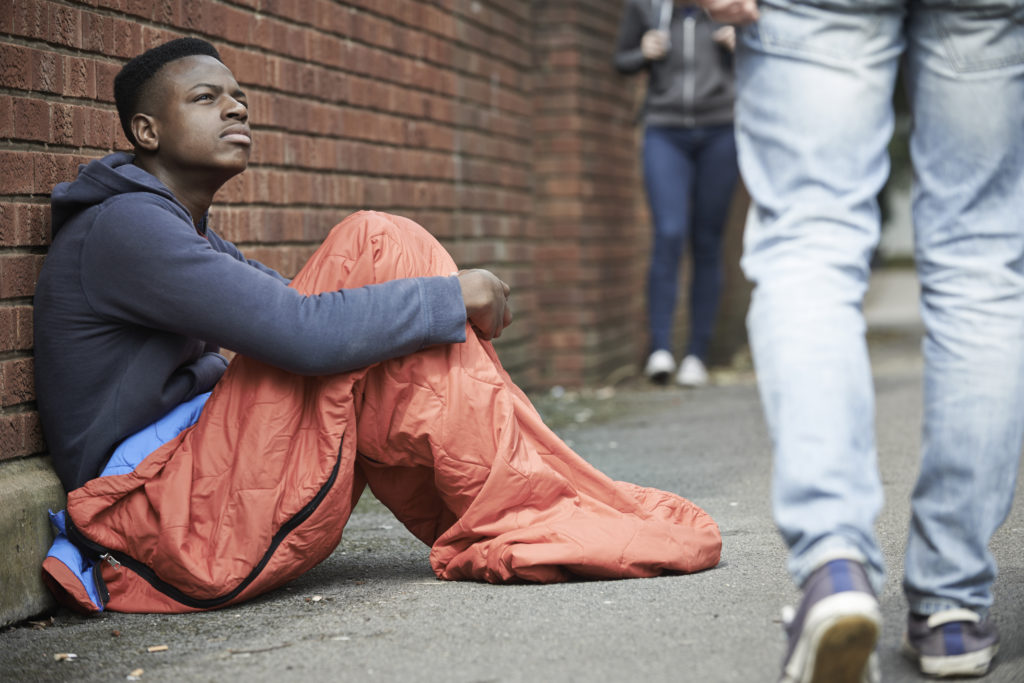For teens across the country, their eighteenth birthday is a major milestone – as these children reach the age of majority, they find that suddenly they can call themselves adults. As discussed in the previous article, “Help Needed For Youth Aging Out Of Foster Care In America,” for 23,000 US teens aging out of foster care each year, crossing the threshold into adulthood often comes with challenges and responsibilities. These adults-by-law are still vulnerable youth who have a lot of learning to do, but without the support structures that other youth outside of the child welfare system have, it can become easy for them to lose their way.

Increasingly, states are moving to raise the age limit for children in foster care in order to help them maintain the systems of support they need to succeed after they turn eighteen. As child welfare systems across the country continually update their ideas and infrastructure to provide positive outcomes, there is a debate over how money should be invested. How much, exactly, does it affect foster care costs when a child is not adopted?
Continue reading



 Transitional youth, youth in transition or youth aging out of foster care are all terms for a group of young adults in the United States who need special attention. After being in the foster care system due to neglect or abuse, these individuals now face another major challenge. Ms. Claudia Rowe of Crosscut.com wrote about a young woman named Lane, “She spent the three years from 18 to 21 trying, and failing, to find a foothold. She worked as a day laborer, dabbled with selling drugs then went back to couch-surfing. At 21, Lane won admittance to community college with a GED and full-ride scholarship, but soon dropped out, overwhelmed by the pressures of living on her own as an adult when she was, by most measures, still just a kid.” What if Lane had the opportunity for three additional years of support?
Transitional youth, youth in transition or youth aging out of foster care are all terms for a group of young adults in the United States who need special attention. After being in the foster care system due to neglect or abuse, these individuals now face another major challenge. Ms. Claudia Rowe of Crosscut.com wrote about a young woman named Lane, “She spent the three years from 18 to 21 trying, and failing, to find a foothold. She worked as a day laborer, dabbled with selling drugs then went back to couch-surfing. At 21, Lane won admittance to community college with a GED and full-ride scholarship, but soon dropped out, overwhelmed by the pressures of living on her own as an adult when she was, by most measures, still just a kid.” What if Lane had the opportunity for three additional years of support?